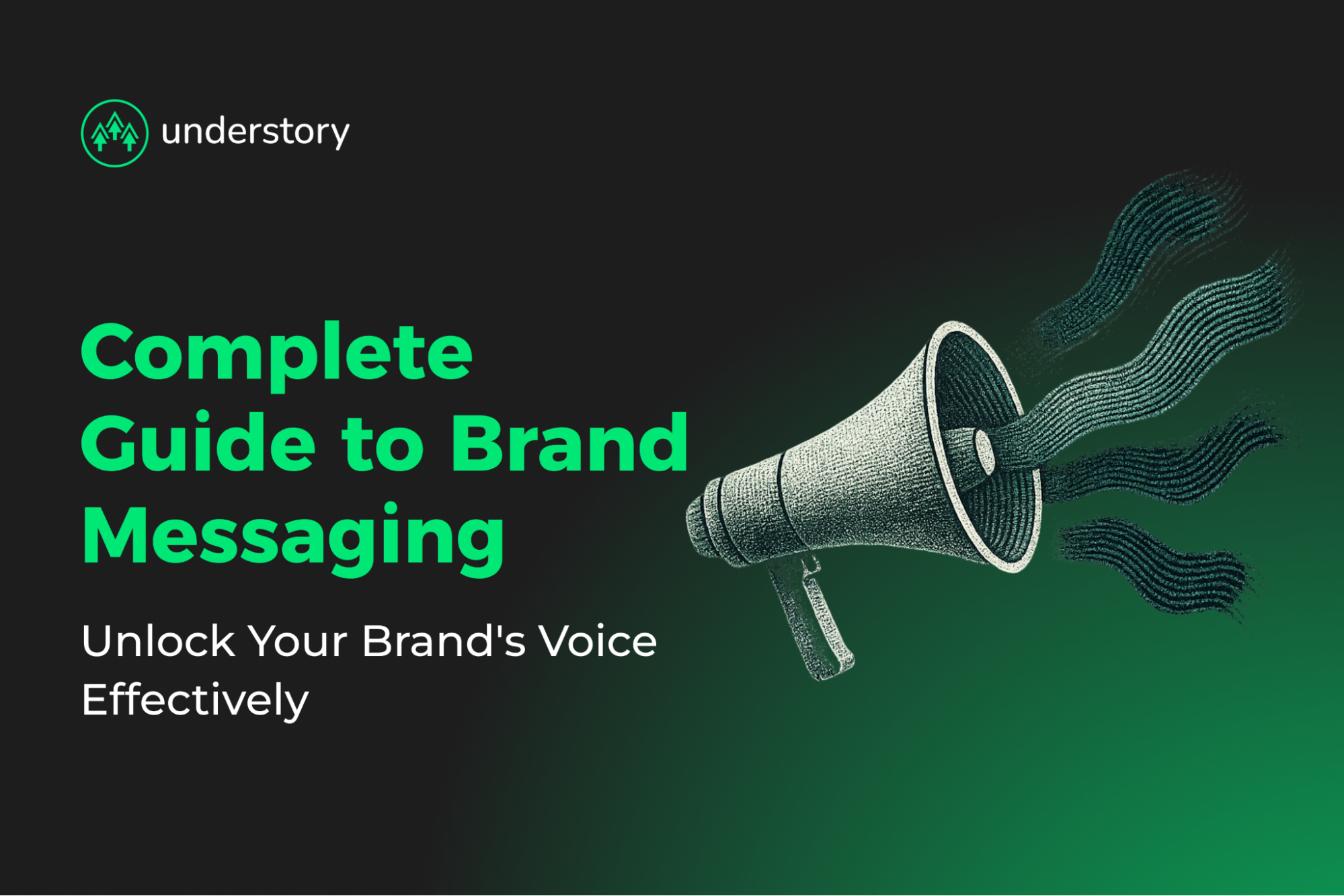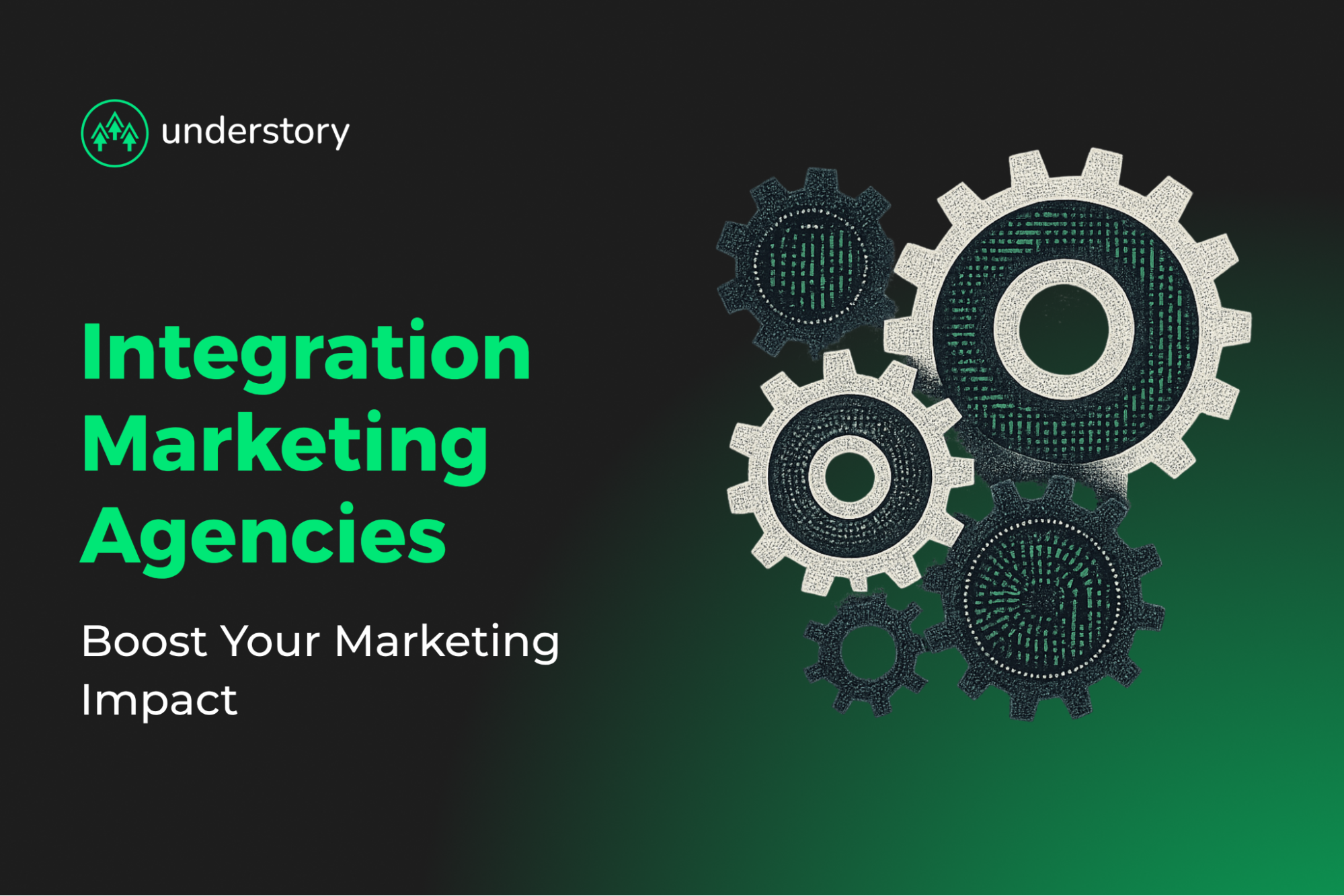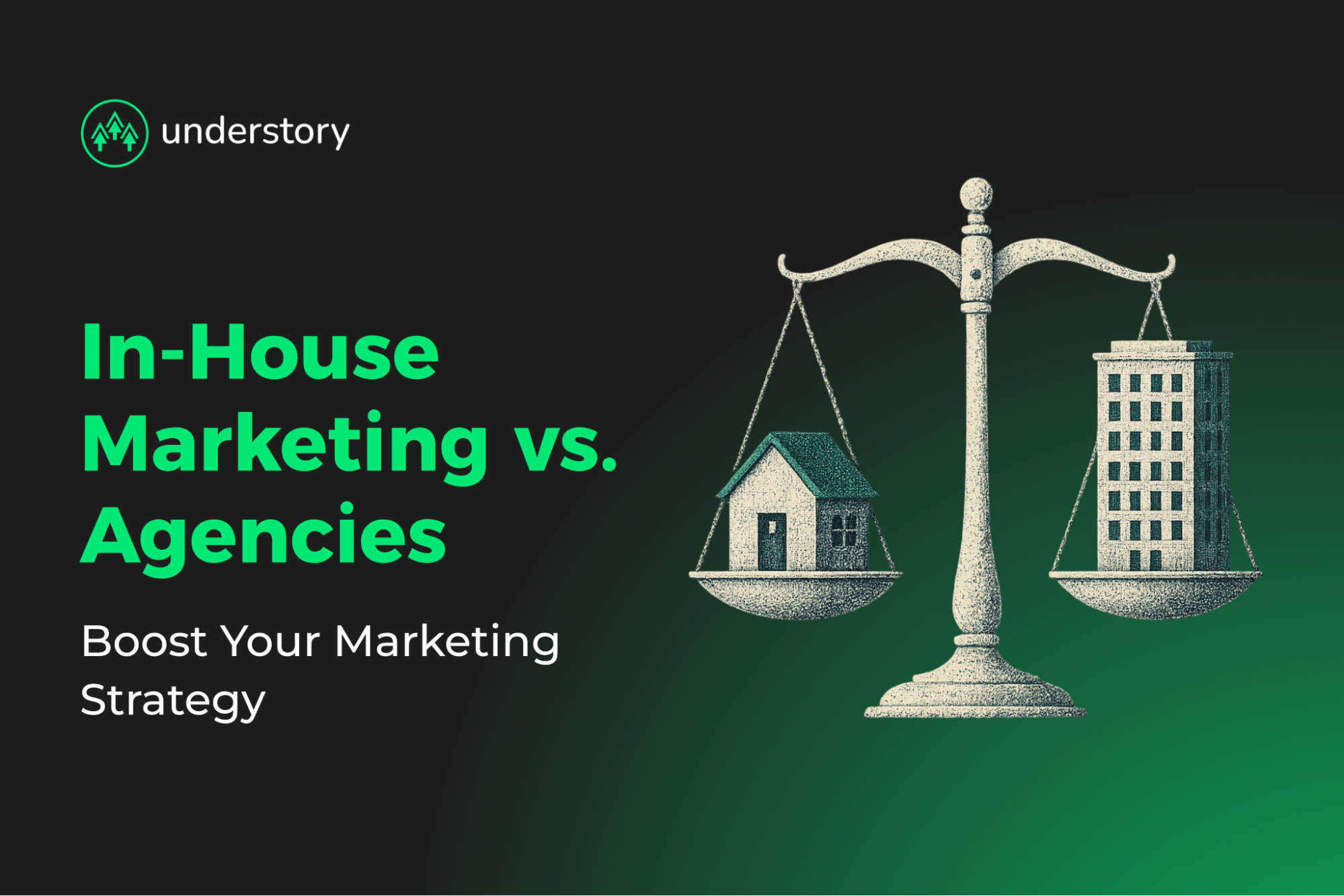

How to Create a Product Launch Marketing Plan

Ali Yildirim
Author
Published date
11/21/2025
Reading time
5 min
Product launches can feel chaotic with missed deadlines, rushed assets, and mixed messages between teams. A large chunk of SaaS launches run the risk of missing their targets because they start without a clear roadmap, defined ownership, or measurable success criteria.
But what you need is a structured product launch framework that aligns every team around shared goals. Part of the launch framework is a detailed marketing plan. The most successful SaaS companies treat marketing for launches as a coordinated, three-phase program:
- Pre-Launch: Build the foundation with research, positioning, asset creation, and internal alignment.
- Launch: Execute a synchronized go-to-market push that maximizes awareness while protecting user experience.
- Post-Launch: Measure, learn, and refine so early momentum becomes long-term growth.
This guide breaks that approach into nine practical steps, from defining SMART metrics to building post-launch feedback loops. Follow them, and you’ll replace disjointed workstreams with coordinated execution, scattered timelines with one unified plan, and vague outcomes with results you can measure and scale.
1. Set SMART Launch Goals & Success Metrics
Many launches fail because teams never agree on what success actually means. Without shared targets, timelines drift, ownership blurs, and everyone measures progress differently.
Start by translating broad ambitions into SMART goals (Specific, Measurable, Achievable, Relevant, and Time-bound).
For example, replace vague goals like “grow revenue” with “increase trial-to-paid conversions from 8% to 12% within 90 days.” That clarity gives every team a single benchmark and deadline to align around.
Next, create a balanced scorecard that tracks results beyond surface-level metrics:
- Sales: Pipeline conversion rates and deal velocity.
- Acquisition: Cost per customer and performance by channel.
- Market Share: Competitor displacement and category penetration.
- Adoption: Time-to-value and feature engagement frequency.
- ROI: Launch spend versus new recurring revenue.
Assign a single owner to each metric. Weekly reviews should drive action and avoid vanity metrics. A surge in social engagement means little if conversions don’t rise. Anchor every dashboard in metrics that reflect true business impact: revenue, retention, and acquisition efficiency.
2. Identify & Validate Your Ideal Customer Profile (ICP)
Launching without a clearly defined audience wastes time, budget, and momentum. The goal is to focus every message, channel, and dollar on the customer segment most likely to buy, stay, and grow with you.
Your Ideal Customer Profile (ICP) is a data-backed portrait of companies that get the most value from your product. Teams that validate their ICP early see lower acquisition costs, faster sales cycles, and stronger retention than those chasing everyone.
A complete ICP covers four dimensions:
- Firmographics: Company size, revenue range, and industry segments with budgets to match your pricing. This ensures you don't waste resources targeting the wrong tier.
- Technographics: The tools, platforms, and integrations your buyers already use. Understanding their stack surfaces upgrade triggers and partnership opportunities.
- Psychographics: Buyer attitudes toward innovation, risk, and vendor relationships. This shapes tone and messaging.
- Behavioral Data: Usage patterns, renewal history, and referral likelihood.
Once drafted, use your ICP to guide every decision: messaging, targeting, pricing, and even feature prioritization.
Validate it before launch. Start with 10–15 in-depth customer interviews focused on their pain points, evaluation process, and success metrics. Capture their exact phrasing as it will later power your marketing copy. Then, test with a small beta cohort that fits your draft profile. Track activation, feedback, and retention to see if reality matches your assumptions.
Finally, cross-check your findings with market data. Tools like Crunchbase, Clearbit, or Apollo confirm market size, growth rates, and segment potential. By launch, your ICP should be as precise as a job description for your perfect customer.
3. Craft Positioning & Messaging
Strong positioning is the backbone of every successful launch. When it's clear and consistent, every asset aligns around one cohesive story. When it's vague, even great creativity fails to connect.
The simplest way to build clarity is through the Product → Benefit → Outcome ladder.
Start with what your product does, explain the immediate user benefit, then connect it to the measurable business outcome your buyer's leadership cares about.
| Product Capability | Immediate Benefit | Business Outcome | Proof Point |
|---|---|---|---|
| Real-time workflow automations in a project management SaaS | Teams eliminate manual status checks | Faster delivery cycles and freed-up bandwidth for growth tasks | Workflow automation has been linked to significant efficiency gains in recent industry data |
Build three to five ladders like this, and you'll have the foundation for clear, outcome-driven messaging. This approach also sharpens your differentiation messaging, moving from "another project management tool" to "the automation layer that cuts delivery time by 20%."
Next, align each message to the buyer journey:
- Awareness: Lead with the business outcomes like "Ship projects 20% faster"
- Consideration: Emphasize user benefits with proof such as "BetaCorp saved 30 hours per week using automation"
- Decision: Highlight capabilities that close the deal "Trigger Jira updates from Slack in one click"
Before going live, validate your messaging. Listen for what resonates during interviews and beta tests. Unfinished sentences like "So you're saying I won't need to…" signal you've hit the right nerve. Run small headline tests or compare positioning statements in sales calls to see which drives deeper engagement.
Finally, document your approved messaging ladders in a shared repository. Train every team to use the same phrasing.
When all communication echoes one clear, outcome-led story, your brand feels unified and credible from first impression to renewal.
4. Design a Multi-Channel Go-To-Market (GTM) Strategy
A synchronized, multi-channel launch ensures your message reaches buyers across every stage. When timing, offers, and creative align, each channel amplifies the others and builds momentum.
Start by balancing three media buckets.
- Paid channels like Google, LinkedIn, and Reddit deliver fast reach and precise targeting when you need immediate visibility.
- Owned properties including your blog, email list, and social handles give you full control over the narrative and let you nurture interest without platform constraints.
- Earned media through PR, influencers, and review platforms builds third-party credibility that paid advertising can't manufacture.
When all three work together telling the same story, you replace fragmented tactics with a single, consistent narrative.
Match your channel strategy to the buyer journey, with each stage requiring different touchpoints:
- Awareness: Paid search campaigns and PR placements drive discovery among new audiences.
- Consideration: Blog posts, webinars, and community discussions educate prospects and build trust.
- Conversion: Retargeting ads and email sequences turn interest into trials.
- Expansion: Customer marketing programs and advocacy initiatives fuel upsells and referrals.
Determine your channel mix and budget allocation based on your launch approach.
A soft launch focuses on warming up your email list, posting organically on LinkedIn, and hosting AMAs in niche communities. This builds feedback loops and message clarity with minimal spend, making it ideal for testing positioning before committing to larger campaigns.
A full launch combines paid advertising, embargoed press releases, event sponsorships, and influencer collaborations to generate rapid awareness. The investment is higher, but so is the potential reach and impact.
Successful SaaS teams use personalized, multi-channel engagement because each stakeholder consumes content differently. Meet them where they are with messaging that fits their journey.
5. Produce High-Impact Launch Assets
Your launch assets are where strategy turns into execution. Deliver them in the right order, maintain high quality, and assign clear ownership for every deliverable.
Start with five core conversion assets.
- Your press release defines your market position and creates external credibility with journalists and industry analysts.
- The landing page converts campaign traffic into trials or demos with clear value propositions.
- An explainer video communicates your product's value faster than text alone.
- A nurture email series educates prospects who aren't ready to buy yet.
- Your sales deck arms reps with consistent messaging that closes deals without reinventing the pitch.
Sequence and timing matter.
- At six weeks before launch, your landing page draft should be complete.
- Five weeks out, your video storyboard needs approval.
- Three weeks before launch, the final video cut gets delivered and QA'd.
- Two weeks out, your email sequence should be queued and tested.
- One week before launch, the sales deck gets finalized.
- Forty-eight hours before go-live, your press release goes under embargo.
This staggered schedule prevents bottlenecks by building in review time at each stage.
Enforce quality standards before go-live.
Headlines must match your positioning exactly. Visuals should follow brand style guides for consistency. Each asset needs one clear CTA that aligns with its funnel stage. Full mobile optimization is non-negotiable since a significant portion of your audience will view content on phones. Get formal sign-off from accountable owners before assets go live.
Clarify ownership for each step in the process.
Here's a sample RACI Matrix for ownership:
| Asset / Task | Product Marketing | Content Team | Design | Product Management | Sales Enablement |
|---|---|---|---|---|---|
| Draft landing page copy | R | A | C | C | I |
| Finalize page design | C | C | R/A | I | I |
| Script explainer video | R | A | C | C | I |
| Video production | I | C | R/A | I | I |
| Write nurture emails | A | R | C | I | C |
| Build sales deck | C | C | R | I | A |
| Press release approval | A | R | C | C | I |
Lock this matrix before production begins.
If two roles share "R" (Responsible), clarify ownership immediately because shared responsibility usually means missed deadlines. Managing dependencies tightly prevents cascades of delays—copy approval must precede design work, and video scripting must happen before production starts. Treat every asset like code: build, test, deploy, then close the ticket.
6. Build the Launch Timeline & Milestones
Scattered timelines are a top reason SaaS launches go off track. A single, well-structured timeline aligns every function and keeps the rollout predictable.
Start with a three-phase structure.
- Pre-launch typically runs three to six months and covers strategy development, positioning refinement, asset creation, and internal enablement.
- The launch phase condenses into one to two months of intense activity with public release, campaign execution, and real-time monitoring.
- Post-launch extends six to twelve months and focuses on optimization, retention programs, and performance reviews that turn early feedback into sustained growth.
Establish a shared visual timeline to keep everyone on the same clock.
Use a Gantt chart to map dependencies so teams can see how their work connects to others'. When every owner can track deliverables at a glance, coordination shifts from reactive firefighting to proactive management. The chart should show parallel workstreams, critical path items, and buffer time for unexpected delays.
Key milestones provide checkpoints that confirm you're on track.
During pre-launch, lock in your positioning with full stakeholder sign-off, get your landing page and press release approved, finalize your sales deck, incorporate beta feedback, and ensure all teams complete training.
As you approach launch day, conduct a final go/no-go review seventy-two hours out. Implement a code freeze forty-eight hours before launch. At T-0, publish assets in sequence—press release first, then email, followed by paid ads and organic social.
Post-launch tracking starts on day one with close monitoring of traffic, sign-ups, and critical bugs. Week one and week four reviews track momentum. At day ninety, conduct a formal optimization review.
Build a realistic schedule, working backward from your launch date.
Start with your public announcement, then subtract production lead times for video editing, QA cycles, and design rounds. Back out to key deadlines for first drafts, stakeholder reviews, and final approvals.
This reverse mapping exposes resource gaps early and keeps your schedule grounded in reality. When every milestone ties to ownership, dependencies, and measurable outcomes, your timeline becomes a shared contract.
7. Align, Train & Enable Internal Teams
Launches falter when Product, Marketing, Sales, and Customer Success operate in silos. True alignment is an ongoing system that keeps every team focused on shared goals and real-time communication.
Build cross-functional alignment as an operating system rather than a one-time kickoff meeting.
Define joint KPIs that make success interdependent. For example, Marketing and Sales should share pipeline targets, while Product and Customer Success should jointly own activation rates. Establish open communication channels in Slack or Microsoft Teams where updates flow automatically.
Automate updates across teams and time zones using workflow tools that push notifications when milestones hit or blockers arise. This ensures everyone works from the same source of truth.
Equip every customer-facing team with an enablement kit.
- Your FAQ document should be a one-pager answering the top prospect and customer questions with approved language.
- The demo script provides a clear narrative that highlights the "aha" moment in under five minutes.
- Support macros offer pre-approved responses for common issues, eliminating ticket bottlenecks.
- Your competitive one-pager gives teams key differentiation points and rebuttals for fast objection handling.
Run a readiness review one week before go-live, but keep it concise and action-driven.
Confirm launch goals and success metrics so everyone knows what winning looks like. Review escalation paths for bugs, downtime, or negative social chatter. Validate checklists for every function to ensure nothing critical gets missed. When leadership sets OKRs in advance, this meeting focuses purely on execution.
Maintain post-launch momentum with a daily check-in rhythm.
A fifteen-minute daily stand-up surfaces blockers and assigns fixes immediately. An asynchronous Slack digest shares key metrics and status updates with all stakeholders. These short, predictable feedback loops replace post-launch chaos with accountability and sustained execution speed.
8. Launch-Day Execution Playbook
Launch day condenses months of planning into a few critical hours. The goal is a smooth, high-impact rollout that delivers conversions without chaos.
Start with a final "go" validation where you verify that every deliverable is live and QA-approved.
By hour one, confirm that the latest build reflects all beta feedback and incorporates final fixes. All UTMs, links, and payment flows must work across devices and browsers. Nothing kills momentum faster than broken conversion paths.
Dedicated Slack channels should connect engineering, marketing, and support teams for rapid coordination. This pre-flight check prevents avoidable failures and ensures teams can react fast.
Monitor and react to activities in real time with clear role assignments.
- Marketing handles live social listening, responding instantly to questions or sentiment spikes.
- Engineering tracks error logs and performance metrics, watching for spikes in failed requests or slow load times.
- Support monitors chat and ticket flow, escalating patterns that signal product issues.
Each function has a clear swim lane, minimizing confusion and response lag.
Keep morale high throughout the day by sharing internal milestones.
Celebrate the first hundred sign-ups, the first positive customer quote, and early feedback wins. Then circulate an end-of-day debrief covering traffic volume, conversion rates, and issues resolved. This creates momentum and gives teams concrete proof that their work is landing.
9. Post-Launch Tracking, Reporting & Optimization
Shipping is just the start. Long-term success depends on how fast you turn early data into actionable insight.
Lay your analytics foundation early by implementing systems that automatically capture and organize performance data.
Consistent UTM tagging across all campaigns lets you trace every conversion back to its source with parameters like: utm_source=linkedin&utm_medium=paid&utm_campaign=launch_q3&utm_content=cta_demo.
Sync your CRM and product data so lead-to-activation tracking happens automatically, preventing data silos. Build a unified BI dashboard that pulls real-time metrics from your CRM and analytics tools, giving stakeholders instant visibility.
Track and react performance with a cadence that matches the velocity of your data.
- Daily monitoring should focus on UTM traffic sources, conversion rates, and critical bugs.
- Weekly reviews examine feature heat maps, qualified pipeline metrics, and NPS feedback.
- Monthly analysis digs into MRR growth trajectories, CAC by channel, and DAU/MAU ratios.
Balance leading indicators like traffic and sign-ups with lagging indicators like MRR and retention.
Don't let numbers tell the whole story. Pair quantitative data with qualitative insight.
- Deploy in-app surveys at key moments to capture feedback while context is fresh.
- Use session replays to see exactly where users get confused or abandon flows.
- Run five customer interviews every two weeks to add depth that metrics alone can't provide.
This combination reveals not just what happened, but why it happened.
When results lag behind targets, resist the urge to immediately increase spend. Pull three strategic levers before adding budget.
- First, refine your messaging by clarifying first-value moments and fixing onboarding drop-offs.
- Second, rebalance channels by shifting budget toward platforms that consistently convert.
- Third, reinforce one "aha" feature by focusing all communication around the capability that drives adoption fastest.
Consistent measurement and fast iteration turn launches into learning loops.
Launch Smarter with Understory
From defining your ICP to tracking your first 90 days, a flawless product launch demands precision, coordination, and disciplined execution. When teams align on one timeline, one message, and one metric of success, chaos turns into predictable growth.
That's exactly what Understory delivers. We help SaaS brands turn complex launches into coordinated, data-driven go-to-market engines, without the overhead of managing multiple specialists. From positioning and creative to analytics and post-launch optimization, our team builds systems that scale.
Ready to take your next launch from fire drill to growth engine? Book a strategy call with Understory.




